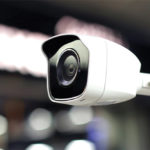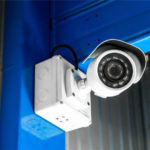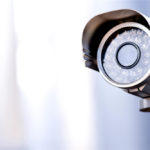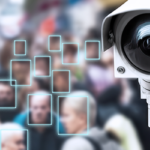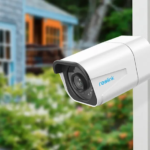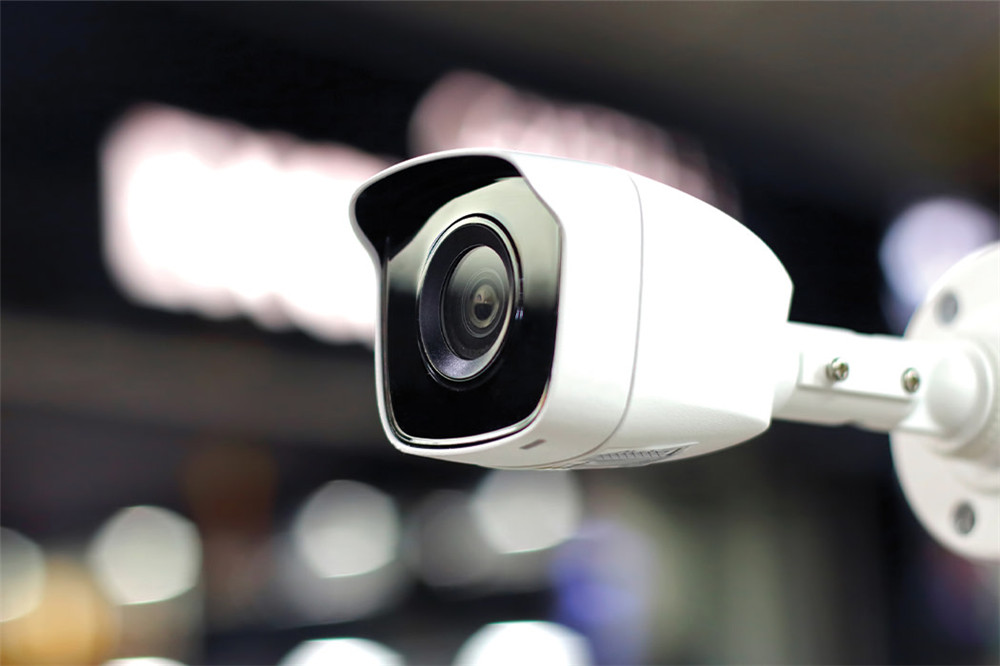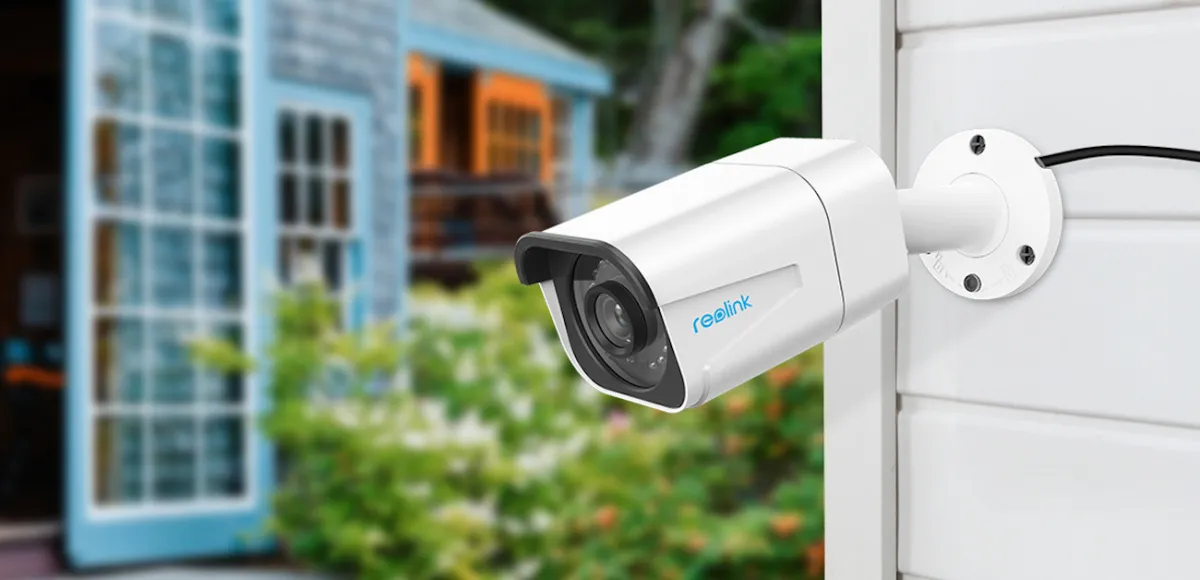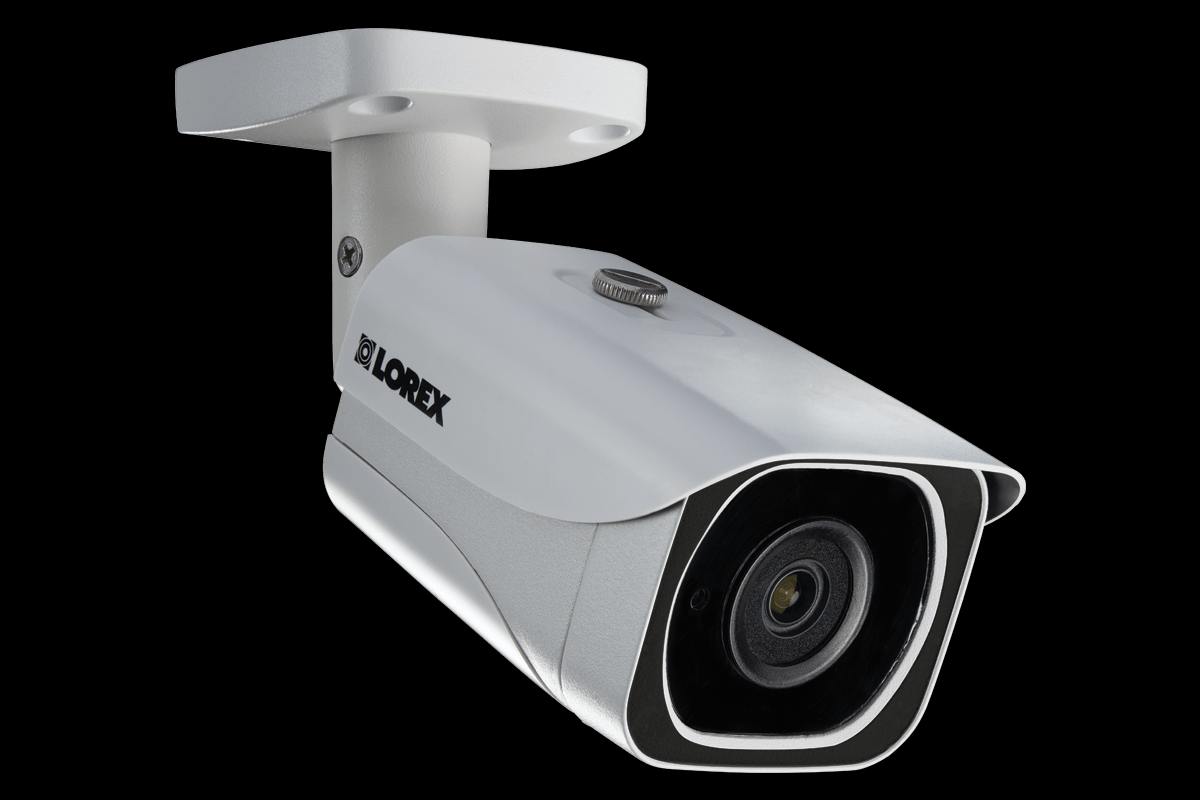Security cameras are a valuable asset to a home’s overall safety plan. Yet security cameras installed haphazardly can create coverage dead zones or may result in video signal erosion, leaving you unprotected. By following this security camera placement guide, you’ll feel secure that your system will provide maximum coverage for your property and for yourself.
1. Choose Wired or Wireless Cameras
If you’re still shopping for a home security camera system, you’ll need to decide if you want wired or wireless security cameras. Your choice has a bearing on nearly all aspects of camera placement.
Wired security cameras send the feed to a central hub via coaxial or PoE (Power Over Ethernet) cables. You can place cameras anywhere the cables can reach, though the cables need to be run through walls or in the ceiling.
Wireless security cameras send the feed to the hub via wireless signals. With no transmission wires required, wireless cameras have more flexibility. But they still require wall power or battery power.
2. Monitor Key Areas
Any area of the house exterior is a potential entry point for intruders. But you’ll want to narrow down those entry points to the ones where intruders are most likely to enter. According to home inspector trade group NACHI, over 34% of intruders come through the front door. So, target your security cameras to monitor these areas, in this order of importance:
- Front door
- First-floor window
- Back door
- Garage
- Backyard
- Driveway
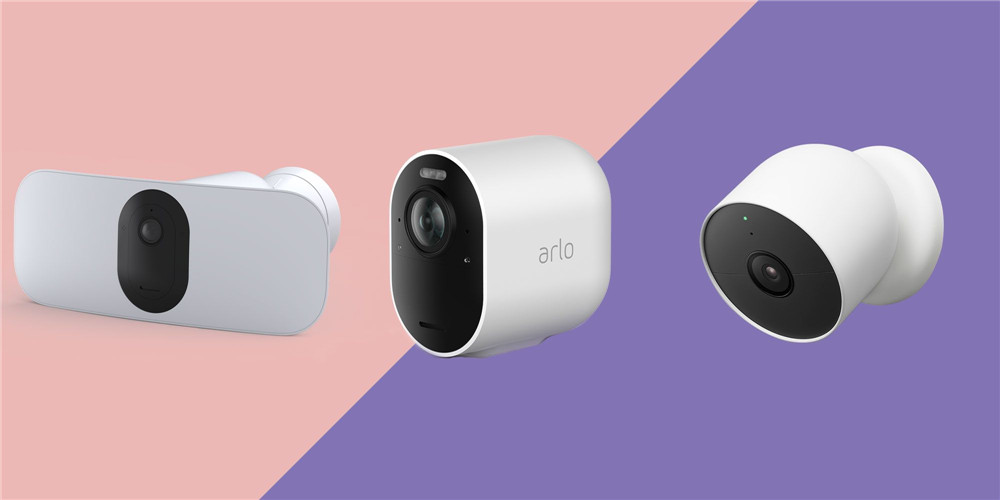
3. Position Cameras Perfectly
Monitored areas are not necessarily the same places as where the cameras are located.
Indoors, it usually makes sense to locate the camera in the same room. Corners tend to work best since they give you the widest view of the room.
For monitoring outdoor locations, you may find that it’s best to place the camera indoors. Keeping an eye on your driveway may mean locating the camera in a kitchen window. To have a broad view of the backyard, setting the camera on a bathroom window sill might provide the best angle.
4. Know Your Power Source
All security cameras need power. Wire-free cameras give you the most freedom of placement since they run off of onboard batteries. Wireless security cameras need to be within 6 feet of a power outlet, as each camera requires its own power source.
Wired security camera systems often receive their electricity through the PoE cable: a single cable that bundles video, audio and power functions into one.
5. Consider Signal Transmission
In tandem with the power source, decide how the security camera will transmit its feedback to the central hub, whether the hub might be a digital video recorder (DVR), networked video recorder (NVR) or Wi-Fi.
Wireless security cameras send back a clear, dependable signal through open areas or through thin, less dense walls or floors. If the camera is required to pass a signal through masonry walls, the signal may not successfully reach the hub.
Wired security cameras use physical PoE cables or coaxial cables to send the signal back to the hub. The signal should be perfect and clear. But you will need to map out a way to run the cable through the walls, ceiling or under the floor.
6. Choose Ideal Height
High mounting positions work best since they keep the security camera out of reach of intruders, curious children or inquisitive pets.
For outdoor installations, mount the security camera about 8 to 10 feet above the ground. Avoid overly high placements, such as at the tops of gables, as the camera will be less able to pick up fine details. Plus, cameras that are placed too high are more difficult to clean and maintain.
Indoors, mount the camera above door or window height. Angle the camera slightly downward.
7. Install Camera Correctly
Security cameras install in many different ways. Freestanding cameras rest on window sills, on the tops of kitchen wall cabinets or on refrigerators. While these are easy to install, they are equally easy for trespassers to interfere with.
The most solid security camera mount uses two or three screws to attach the camera base directly into a stud, outdoor siding or into drywall with anchors.
8. Use Hidden Security Cameras
With home security cameras being so prevalent today, would an intruder know to look for cameras and to disable them? Possibly. That’s why many homeowners go the next step and install hidden security cameras.
Some of these hidden cameras—call them spy cameras—are no larger than an ice cube and transmit video and audio feeds to your smartphone. While not as robust as full-fledged security camera systems, they do win out by being so small that they are difficult to detect.
Some homeowners go even one step further and install a larger fake decoy camera in the same room as the hidden camera. If the intruder disables the fake camera, the real camera keeps on filming.
9. Aim Carefully Through Windows
One downside of pointing a security camera outdoors (while remaining indoors) is that the infrared light technology washes out the picture when pointed through glass.
Experiment with different angles. Try turning off the IR or night vision feature. Or drape the camera with a small towel to block room light from reflecting on the glass.
10. Be Aware of Legalities
Never record or view areas where a person could reasonably expect privacy. Usually, this means bathrooms and bedrooms. But the “expectation of privacy” legal standard can apply to any area in or around the home.
Security camera placement outdoors is more of a legal gray area. Capturing only your property is fine. Targeting specific areas of a neighbor’s house is usually not okay and may be construed as harassment. Capturing a wider area that partially includes a neighbor’s house is a gray area.


